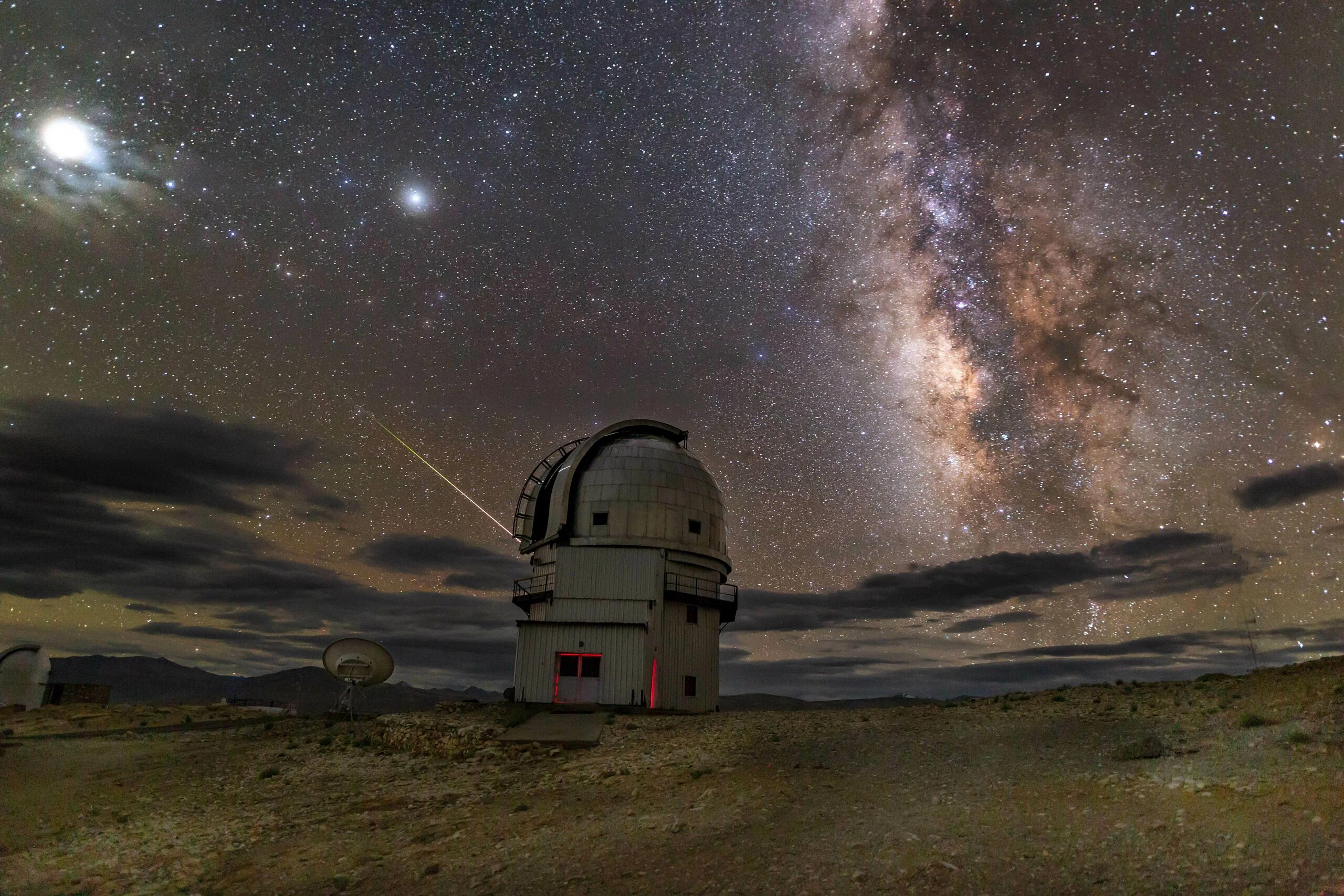Dark Sky Reserve: India’s First Night Sky Sanctuary To Come Up In Ladakh
Watching the clear sky and celestial movements in the night sky is fascinating. Usually, such views are common in rural areas, where people can witness the movement of celestial bodies easily. Well, there’s a good news for all the Astro-science lovers as the Indian government recently gave its nod of building a dark sky reserve in Ladakh.
Taking the initiative to promote scientific studies in the country, the Department of Science and Technology (DST) has announced to set up India’s first Dark Sky Reserve in Hanle village of Leh district in Ladakh in the next three months.
https://twitter.com/airnews_pb/status/1566053146442743808
India’s Dark Sky Reserve Locality
As per the sources, the department will join hands to create suitable conditions at Hanle in Ladakh. Hanle is a historic village located at an altitude of 4,500 meters above sea level. This place hosts many telescopes. And the height of this place from the sea level makes this place the most optimal site for astronomical observations.
Things Required For A Dark Sky
In urban regions, residential spaces produce a lot of artificial lighting. These light sources impact the study of space as they cause artificial scattering in the space region. To ensure clear darkness in the spacial region, it is important to keep the night sky pristine or with minimal interference from surrounding light sources, such as residential or vehicular lights.
The interference of artificial light sources impacts the potential of telescopes. Due to this, telescopes fail to capture light rays from outer space. Thus, obstructing the study of outer space.
Significance of Dark Sky
In Astronomy dark sky reserve is a designation provided to a place with policies that ensure minimal lighting interference in a tract of land or region. Across the world, the International Dark Sky Association, a US-based non-profit association, is the sole agency that gives such designation to places.
The designation of places involves International Dark Sky Places, Parks, Sanctuaries, and Reserves, per its set criteria. As of now, the agency has designated hundreds of places across the world. However, it has not designated any reserves in India so far.
Recent Advancements In The Direction of India’s Space Observatories
According to Ladakh news sources, Ladakh Autonomous Hill Development Council (LAHDC), Leh, and the Indian Institute of Astro Physica, Bengaluru, signed a three-way memorandum in June. The signing of MoU is a significant step in the direction of promoting Astronomical studies in the country.
Following the agreement between the three parties, Science Minister Jitendra Singh came out in public and said the site ‘…will have activities to help in boosting local tourism and economy through interventions of science and technology.’
Efforts For Promoting The Dark Sky Site
According to the Director of the Indian Institute of Astrophysics, Dr Annapurni Subramaniam, “To promote Astro-tourism, villages around Hanle will be encouraged to promote homestays equipped with telescopes that visitors can use to view the night sky. Villagers and residents will also be trained to help visitors with astronomical observations,”
She added: “There would be some restrictions during the evening and night to vehicles and headlights. There will be delineators on roads like you do outside observatories. People can come, park, observe the sky and stay in homestays”.
Additional Efforts
In the upcoming days, the department will work to establish a visitor centre in the village to inform people about astronomy dark reserve Ladakh. In addition to it, the officials will guide locals about the wildlife and plant life in the adjoining Changthang Wildlife Sanctuary.
Present Condition Of Hanle Region
As of now, the Hanle region is popular as a Hanle observatory among scientists’ communities. The observatory houses many telescopes and instruments, including the Himalayan Chandra Telescope (HCT), High Energy Gamma Ray telescope (HAGAR), the Major Atmospheric Cherenkov Experiment Telescope (MACE), GROWTH-India telescope, among others. 












